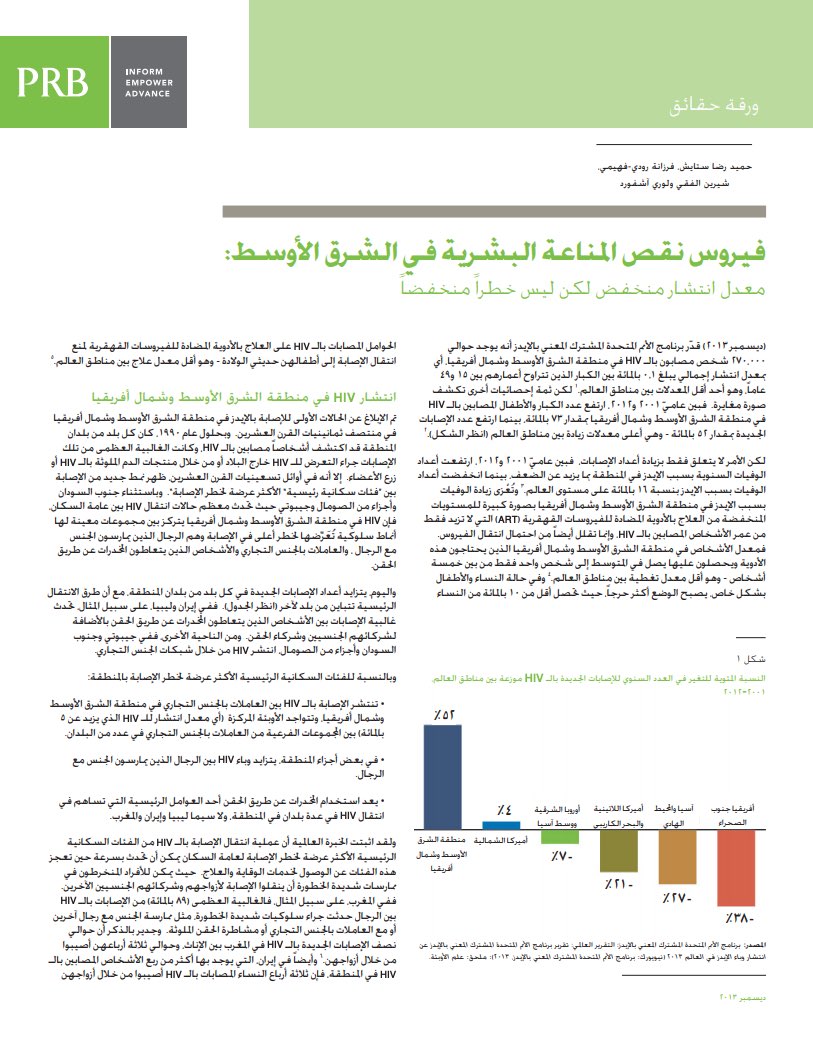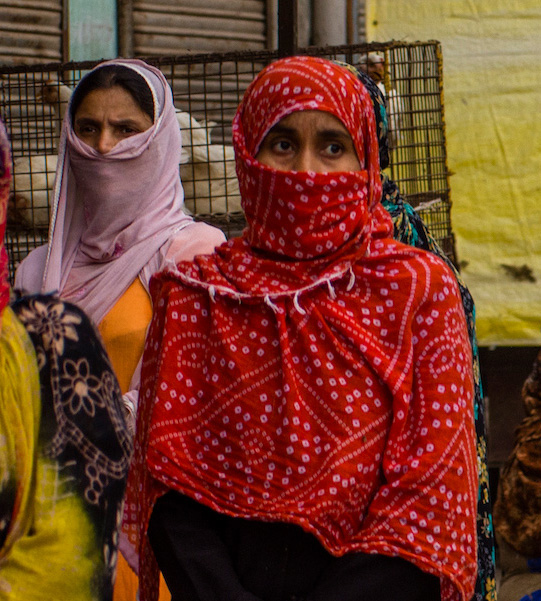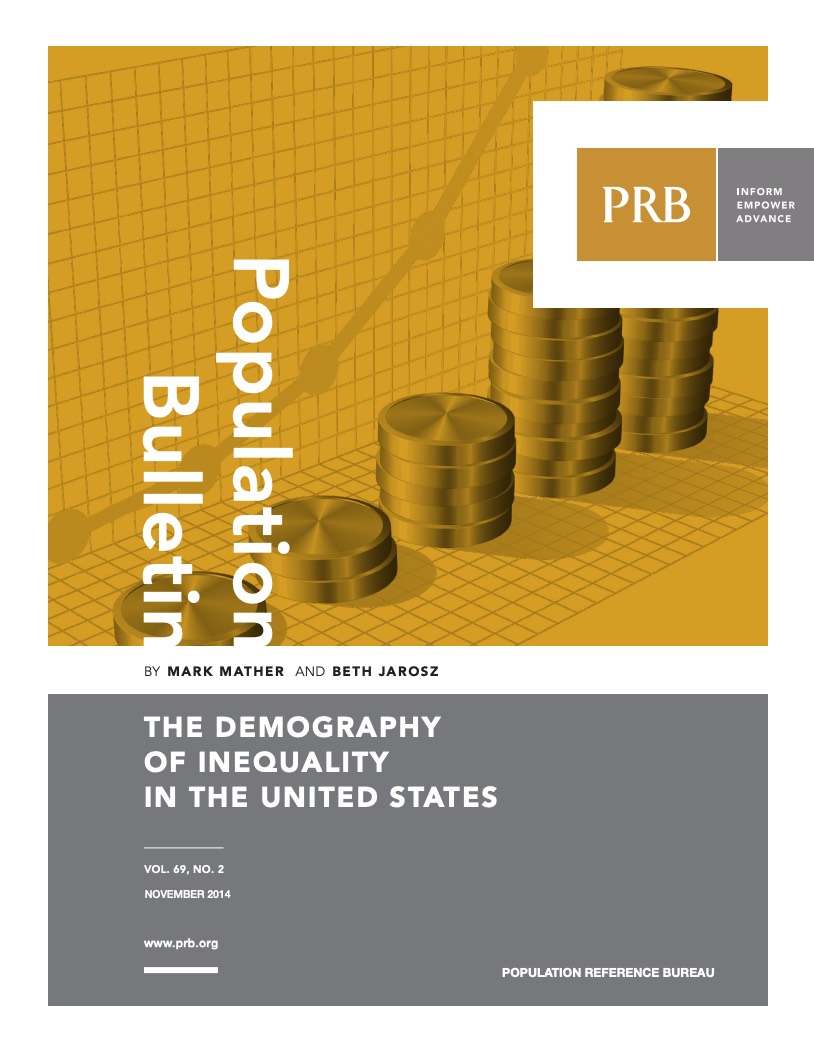235 Search Results Found For : "begomayu.blogspot.com"

HIV in the Middle East: Low Prevalence but Not Low Risk
(2013) UNAIDS has estimated that around 270,000 people are living with HIV in the Middle East and North Africa (MENA) region, an overall HIV prevalence of 0.1 percent among adults ages 15 to 49, and one of the lowest rates among world regions.
Reducing Child Malnutrition in Sub-Saharan Africa: Surveys Find Mixed Progress
(2008) Chronic malnutrition has been a persistent problem for young children in sub-Saharan Africa. A high percentage of these children fail to reach the normal international standard height for their age; that is, they are "stunted."

Project: PACE: Policy, Advocacy, and Communication Enhanced for Population and Reproductive Health
Family Planning and the Gendered Impacts of Crises on Women: An Effective Tool Across Sectors to Support Women’s Empowerment and Build Resilience to Shocks
Holistic integrated solutions are key to address the interlinkages of the gendered impacts of crises.
More Caregivers Needed Worldwide for the ‘Oldest Old’
The Population Reference Bureau's 2010 World Population Data Sheet focuses on a rapidly aging world, highlighting many countries' pressures to care for their elderly citizens.
La violence liée au genre accroît le risque pour les femmes d’Afrique subsaharienne de contracter le VIH/sida
(2011) Près de 68 pour cent des personnes infectées par le VIH dans le monde vivent en Afrique subsaharienne, où le virus touche les femmes de manière disproportionnée.

The Demography of Inequality in the United States: Introduction
(2014) A convergence of demographic trends and disparities is contributing to a new economic reality for the U.S. population, characterized by higher levels of poverty and inequality.

U.S. 2020 Census FAQ
The Census counts every person who usually lives in the United States. They don’t have to be a U.S. citizen, but they do have to call this country their primary home.
Deciphering the Demography of Myanmar
(2014) Myanmar (known as Burma until May 1989) is back in the news, especially as it has recently made great strides toward a more democratic regime. The country is expanding its outreach to the international community and seeking more global economic connections.
PRB Discuss Online: The Well-Being of Older Populations
(2010) In many countries, the elderly now make up an unprecedented share of the population. This increase in the number of older people has implications for national budgets, labor force growth, and family support systems.
